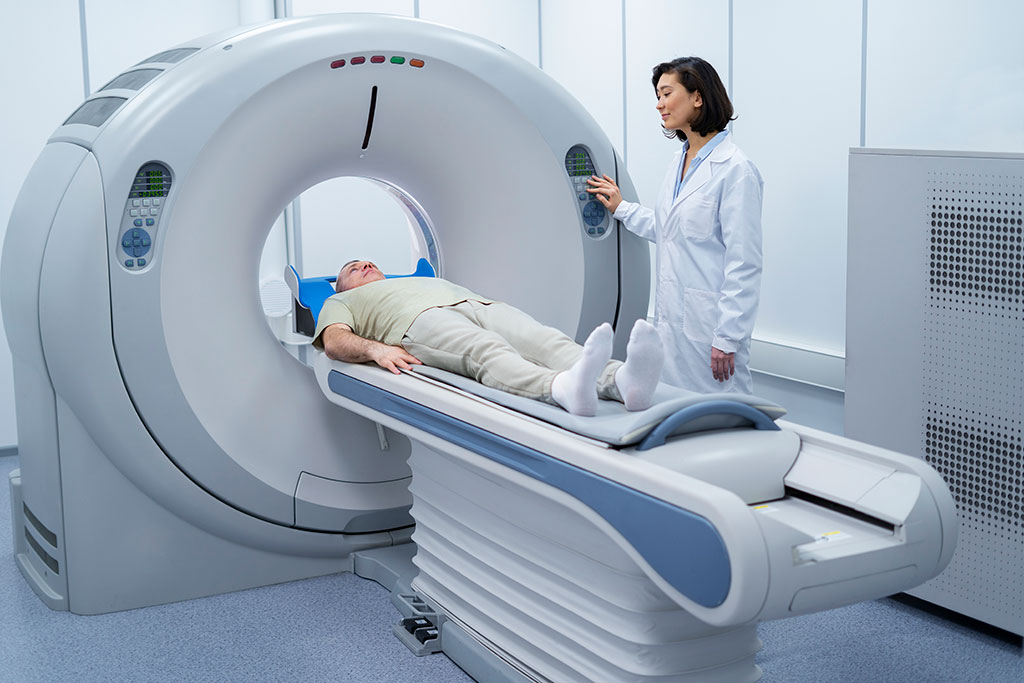Pacs Medical Viewing
- HOME
- Pacs Medical Viewing
Medical Integration
The JiveX Enterprise PACS optimizes the entire diagnostic process and ensures greater efficiency and cost-effectiveness. The focus is on reducing the radiologist’s workload by optimizing the system’s adaptation to daily routine workflows
Here, the JiveX Viewer plays an important role as the visible part of the entire system. A key feature is the state-of-the-art and intuitive user interface, which allows users to familiarize themselves with JiveX within a very short time. From a user’s point of view, the comprehensive hanging protocols are particularly useful, allowing radiological studies to be arranged on the monitor according to individual reporting habits.
In addition, the efficiently integrated post-processing routines, such as multiplanar reconstruction, 3D volume rendering or image registration, also facilitate the preparation of clinical findings. When communicating with clinical colleagues, the user is supported by automated and calendar-based demonstration solutions


Special solutions for special requirements
Our report-enabling JiveX Web Viewer supports the requirements for flexible and location-independent work design: access to radiological image data is no longer restricted to a specific workstation, but can be performed from anywhere, even with mobile terminals. This saves on communication paths, time and nerves.
The JiveX product portfolio includes several special solutions for the medical reporting of Mammographies. The JiveX Diagnostic Mammo Client is standard with functions and hanging protocols adapted to the special needs of mammography. For the medical reporting of tomosynthesis data, we recommend the JiveX Diagnostic Tomosynthesis, which builds on this and in addition meets the individual requirements of tomosynthesis. Perfect management of mammography medical reporting processes is provided in JiveX Mammography Screening with interfaces to the mammography information systems MaSc and MammaSoft, which supports the entire workflow all the way through to a consensus conference which can also be conducted online.
Artificial Intelligence is already supported in the mammography workflow in both a curative as well as a screening context. In future, this topic will continue to make a significant contribution to harmonizing and automating components of the routine spectrum and thus accelerate medical reporting.
